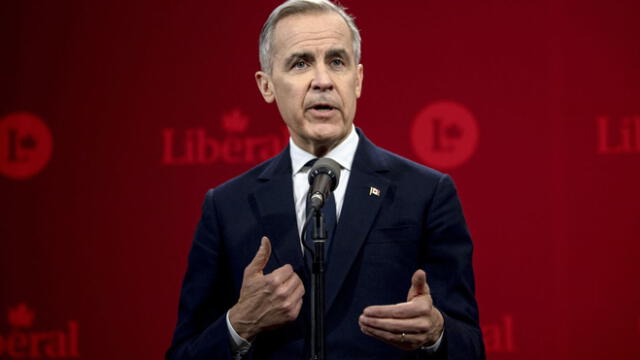Mark Carney set to succeed Justin Trudeau as Canada’s next prime minister
Mark Carney, the newly elected Liberal leader, is poised to take over as Canada’s 24th prime minister after Justin Trudeau’s resignation. Carney has already set the stage for a challenging management transition, with an election potentially on the horizon.

Mark Carney has officially been elected as the new leader of Canada’s Liberal Party, positioning him to become the next prime minister after Justin Trudeau’s departure. Carney, a former Bank of Canada and Bank of England governor, won the leadership race decisively with 85.9% of the votes, leaving his opponents far behind. With his victory secured, Carney’s first challenge will be navigating the political landscape as he prepares for the upcoming federal selection, which is expected sooner than later.
In his first speech as party director, Carney took aim at U.S. President Donald Trump and Conservative leader Pierre Poilievre, vowing to bring new guidance to Canada’s increasingly polarized civic environment. Carney’s electoral triumph and immediate focus on the trade war with the United States signal his commitment to restoring Canada’s influence on the world stage and keeping the country united.
A new era for Canada: what is Carney's vision for leadership?
Carney’s election marks a significant shift in Canadian politics, with the former central banker now taking the reins of the Liberal Party. In his speech, Mark Carney emphasized the need for positive command to combat division within the nation. He vowed to confront both Trump’s and Poilievre’s divisive policies, declaring, “Canadians want positive leadership that will end division and help us build together.” His remarks underscored his stance on unity, a crucial message as the territory heads into what promises to be a contentious federal election.
Despite having no previous elected office experience, Carney’s track record in global finance and his popularity within the liberal movement in Canada have positioned him as a strong candidate. His rulership will be tested not only by the public atmosphere but by the growing demands of Canadian voters who are seeking stability and headship in an era of economic uncertainty and worldwide trade tensions.
What’s next for Carney and the Liberal Party?
Carney’s journey to the prime minister’s office is set to be swift, with many expecting him to call a countrywide vote as soon as he is sworn in. With a strong mandate within his team, Carney will need to secure a seat in the House of Commons, though speculation surrounds which riding he will contest. His ability to unify the Canada’s center-left political party and galvanize voters will be crucial, especially as his predecessor, Justin Trudeau, exits after nearly 12 years in leadership.
Carney’s administration is expected to bring renewed energy to the Liberal Party, as he inherits the challenge of managing Canada’s complex political and economic landscape. His immediate focus will be on navigating the state fallout from Trudeau’s departure and handling important issues like trade relations with the U.S., national cohesion, and the looming referendum.












